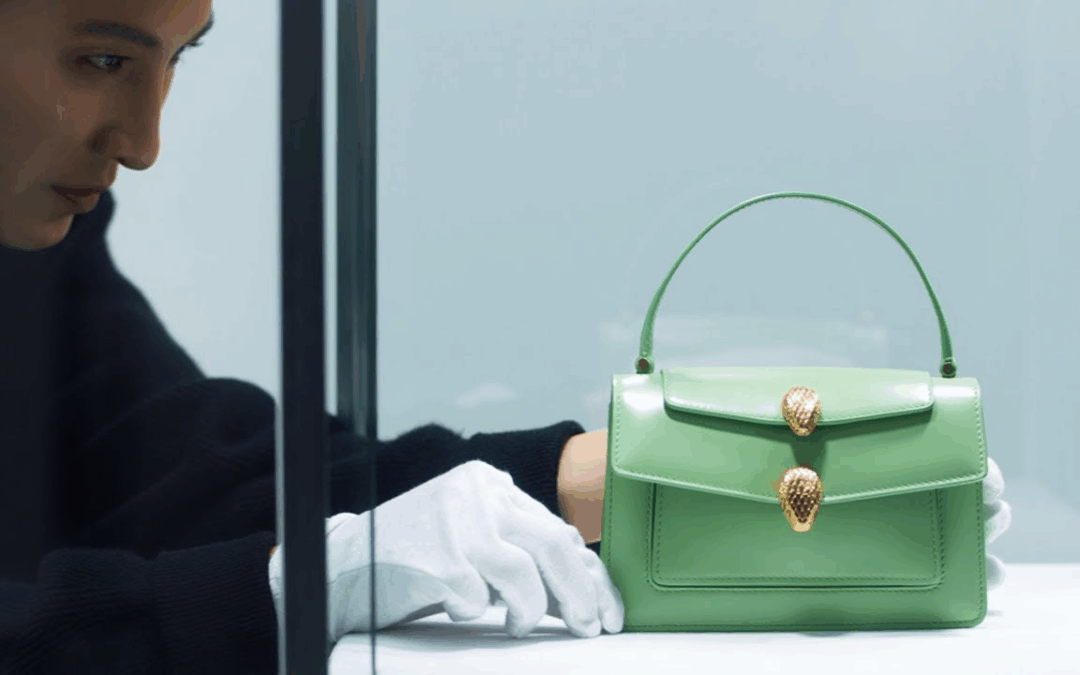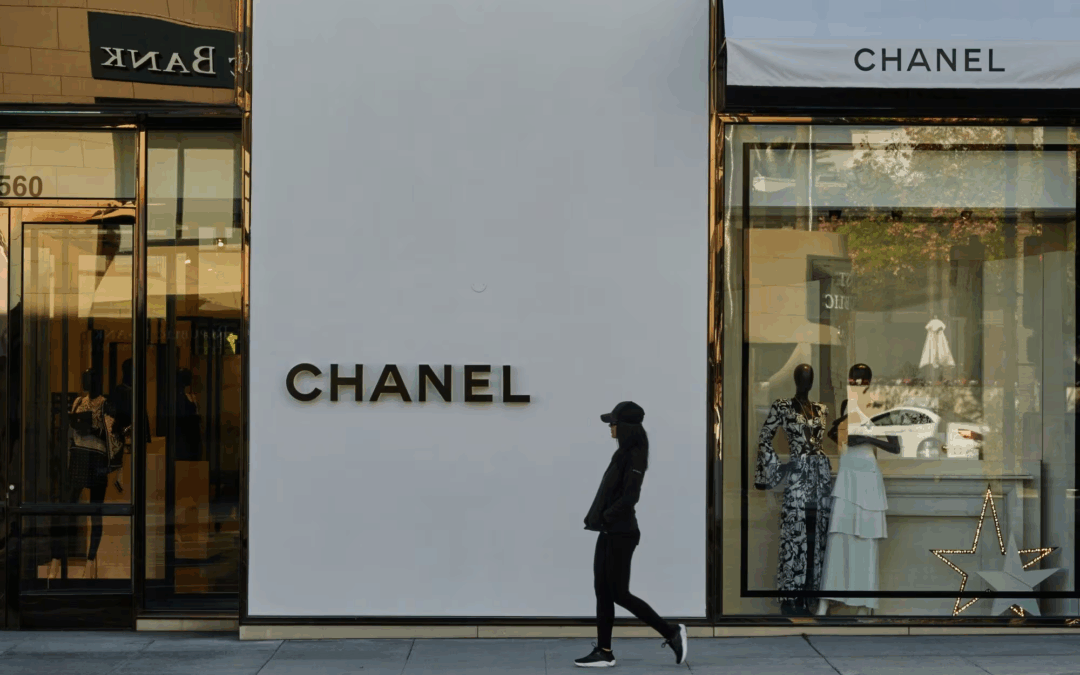
by Thea Elle | Sep 16, 2025 | Luxury Industrial Complex
Style Companion From Hat Shop to Trademark Fortress: How CHANEL Went from Rule Breaker to Rule Maker by Thea Elle | Sep., 16, 2025 | Couture Commentary In 1910, Gabrielle “Coco” Chanel opened a tiny hat shop on Paris’s Rue Cambon armed with little more than a sewing...

by Thea Elle | Sep 13, 2025 | Luxury bags
Style Companion FENDI C’mon Bag Review & Size Guide: Mini or Medium? by Thea Elle | September 10, 2025 | Style Guide The FENDI C’mon Bag is more than a trend—it’s a smart investment in timeless luxury. Designed with a structured yet soft silhouette, this bag comes in...

by Thea Elle | Sep 13, 2025 | Luxury bags
Style Companion Strapped in Style: Why the BULGARI Belt Bag Is the Only Waistline Drama You Need by Thea Elle | September 9, 2025 | Style Guide The BULGARI Belt Bag redefines what it means to carry light without losing an ounce of sophistication. Crafted from premium...

by Thea Elle | Sep 13, 2025 | Luxury bags
Style Companion DIOR Small C’est Bag Buying Guide: A Modern Classic for Every Occasion by Thea Elle | September 5, 2025 | Style Guide The DIOR Small C’est Bag isn’t just another handbag — it’s DIOR whispering, “Yes, you do need another black leather purse, but this...

by Thea Elle | Sep 13, 2025 | Luxury bags
Style Companion Bagged and Tagged: Inside CHANEL’s Fight to Control Resale by Thea Elle | September 1, 2025 | Style Guide You finally scored it. The holy grail. A vintage CHANEL 2.55 from The RealReal, complete with soft lambskin, iconic quilting, and just the right...






